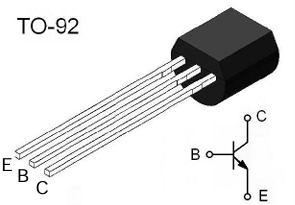Date:2025-06-09 Categories:Product knowledge Hits:344 From:Guangdong Youfeng Microelectronics Co., Ltd
Power transistors are crucial components in electronic circuits, designed to handle significant power levels and find wide applications in amplifiers, power supplies, and motor control systems. Understanding their working principles and proper usage is essential for effective circuit design and operation.
Basic Structure and Working Principles
A Power transistors, similar to other transistors, typically has three terminals: the emitter, base, and collector. It is constructed with semiconductor materials, usually silicon, which enables it to control the flow of current between the collector and emitter through a small current at the base.
In the active region, the Power transistors operates as a linear amplifier. When a small base current is applied, it allows a much larger current to flow from the collector to the emitter, with the current gain (hFE) determining the amplification factor. For example, if the base current is 1mA and hFE is 100, the collector current can reach 100mA. In the saturation region, the transistor acts like a closed switch, with minimal voltage drop between the collector and emitter, allowing maximum current flow. In the cutoff region, the transistor is in an off state, with almost no current passing through

Previous: Classification, Structure, and Principle of MOSFET